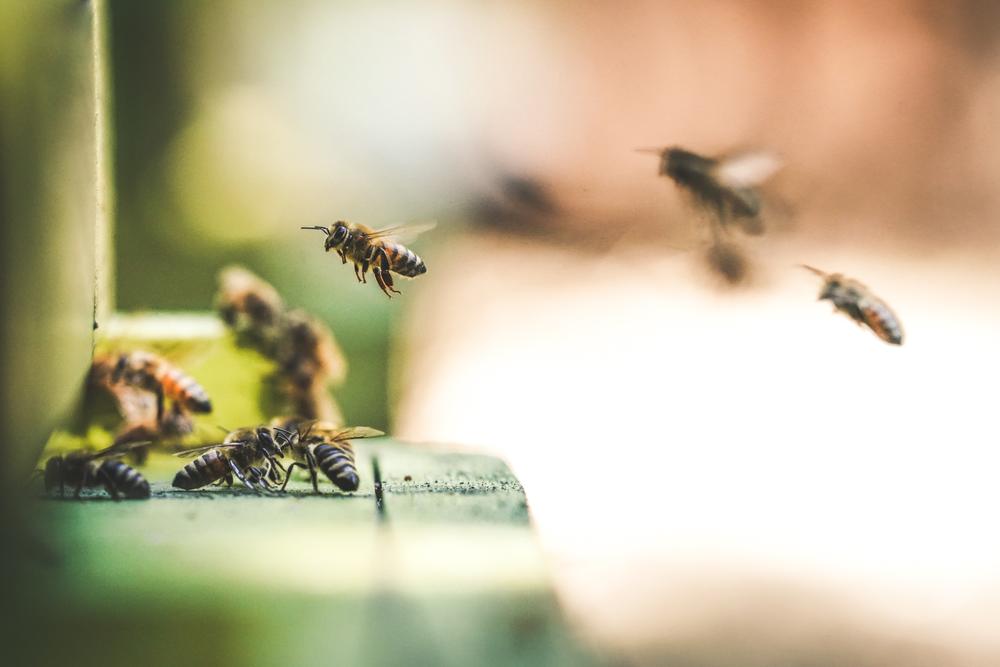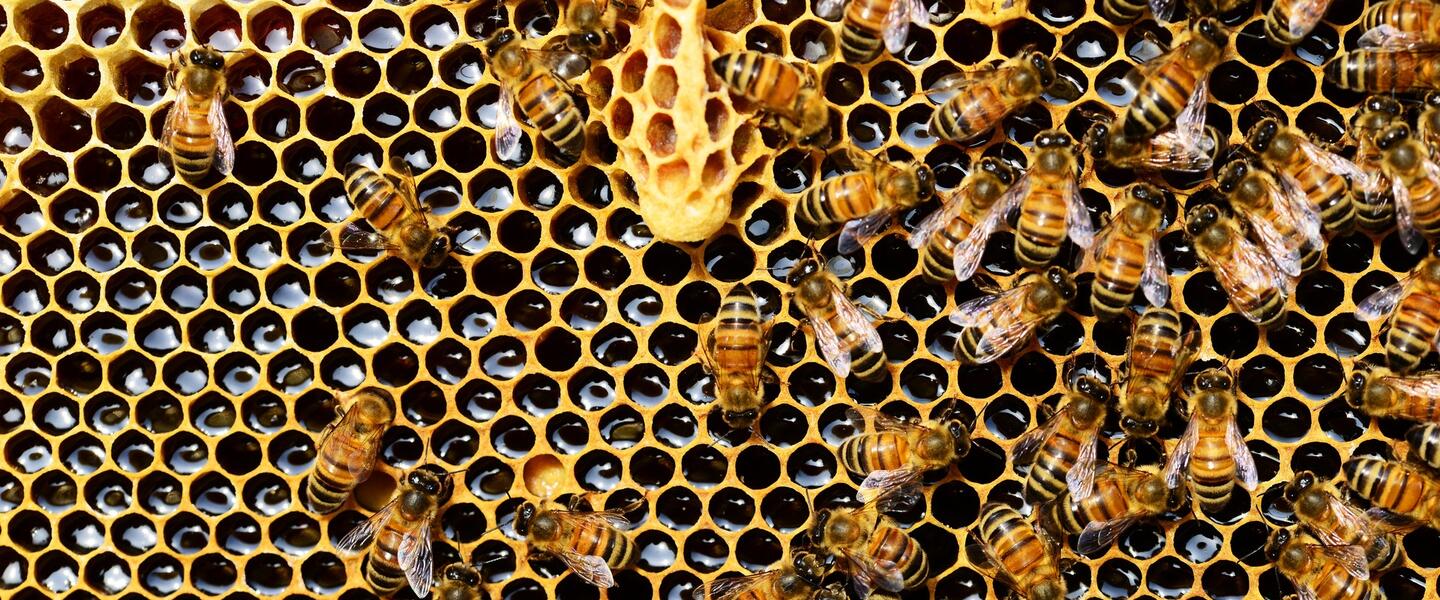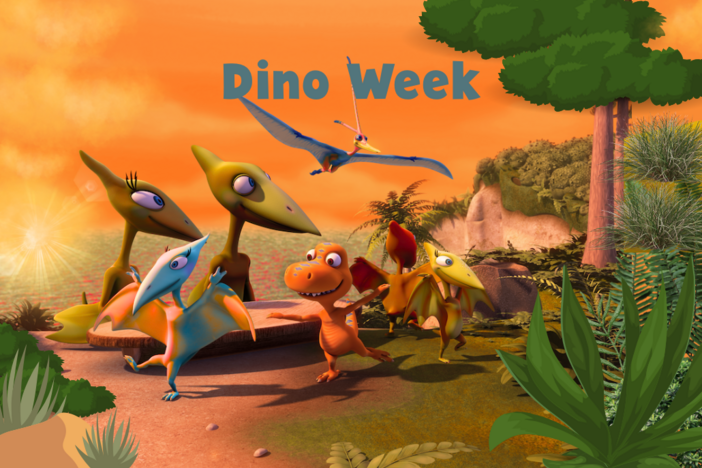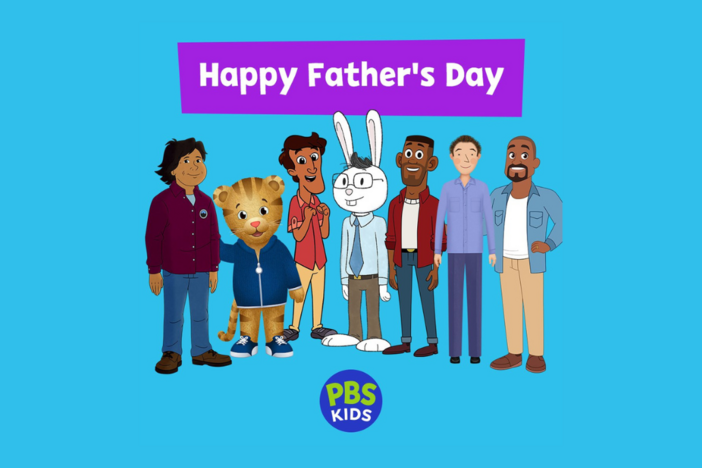
Section Branding
Header Content
A Hive of Resources for World Bee Day
Primary Content

To raise awareness of the importance of pollinators, the threats they face, and their contribution to sustainable development, the UN has designated 20 May as World Bee Day. Below are resources to inform, celebrate, and create a buzz!
Education Through Puppetry: Bees and Flowers
Grades: PK-5
How do bees and flowers work together? Learn how in this funny shadow puppet video.
Things Explained: What's Happening to All the Bees?
Grades: 2-8
We explore the importance of pollinators like bees and the important role they play in our daily lives; as well as the alarming decline in bee populations.
Wild Kratts: Flight of the Pollinators
Grades: 1-5
Join Chris and Martin as they explore the process of pollination and learn the important partnership between plants and animals.
Wild TV: Bees
Grades: 3-8
An entomologist or expert on insects, teaches us about how bees swarm, the jobs of the queen and worker bees, how bees communicate with each other, and how the colony survives.
Wild TV: Bee Swarm
Grades: 3-8
How bee colonies work together to survive.
Prairie Portrait Interactive Lesson
Grades: 3-5
Students gather information about a bee’s internal and external parts and use this information as evidence to make a claim about how they work together as a system to ensure survival.
Georgia Outdoors: How Bees Pollinate Flowers
Grades: 5-12
Learn about the role bees play in pollination.
Georgia Outdoors: The Importance of Bees
Grades: 3-8
All bees are not the same. There are roughly 20,000 different species of bees. In this video, experts explain the importance of bees to our food supply.
Be a Bee Lesson Plan
Grades: 5-6
Learn about the importance of the honey bee and other animals to the production of foods that are closely linked to human survival.
It's Okay to Be Smart: How Do Bees Make Honey?
Grades: 6-12
How do bees see the world? Enjoy this look at how bees see in ultraviolet and even sense electric fields!
NOVA: Bee Navigation
Grades: 6-12
How do bees see the world? Enjoy this look at how bees see in ultraviolet and even sense electric fields!
Connections to Bees Personal Experiences
Grades: 5-7
Students make connections between a video about bees and their personal experiences through a poem written for two voices.
Reclaiming Habitat for Bees
Grades: 6-8
In this interactive lesson, students will develop a written response to one of three questions about the importance of honeybees.
Nature: Disdappearance of the Bees – What's the Impact?
Grades: 5-12
This video segment from Silence of the Bees discusses the impact of bee disappearance and the effects Colony Collapse Disorder (CCD) on pollination and the world food supply.
Nature: Colony Collapse Disorder
Grades: 6-12
Scientists observe that due to industrialization, urbanization, disruption of habitats, and introduction of predators, not only bees but all pollinators are disappearing.
SciGirls: Bee Haven 01–Identifying the Problem
Grades: 6-12
In this investigation the SciGirls must learn how to set up an urban beehive. They have the initial question but also must be prepared to have new questions as they work through the process.
Follow GPB Education on Twitter and Facebook for more bee ideas and resources!






